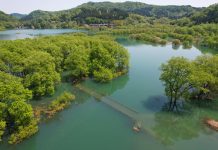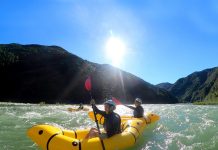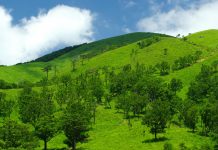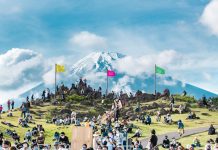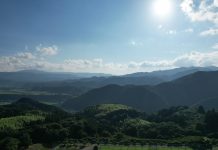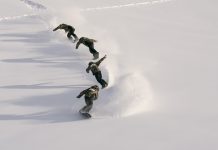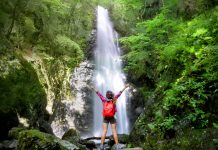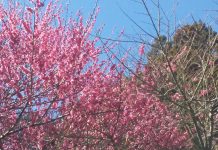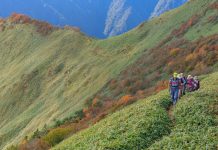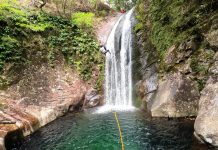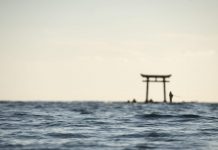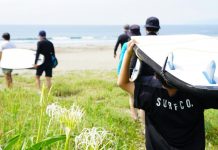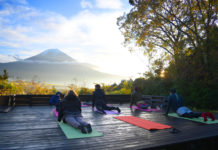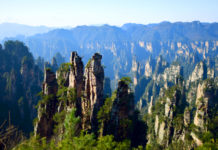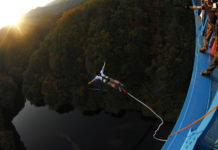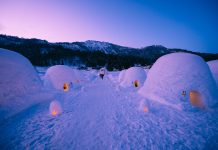Slip into the hot water. Rest your head on the edge of the tub and stare at the ceiling. “Ahhh…” all that tension is released. Japanese people still love a good soak.
Are you familiar with the difference between an onsen and sentō? Potent, natural hot water bubbling up from deep with in the earth makes onsen. A sentō is similar, but is more of a bathhouse; some using natural hot spring water while others use heated tap water.
While onsen are hot spring destinations, a sentō is a stop where locals enjoy a daily bath, often catching up on community gossip. If you’re traveling through Japan, you will probably enjoy onsen, but also be sure to experience a good sentō.
Here is a beginner’s guide to sentō etiquette. Keep in mind Japanese pay particular attention to seeing the beauty in a particular “way” of doing things. From karate to tea ceremony to flower arrangement, this also extends to bathing.
When you arrive, place your shoes in the foot locker. Men, make your way to the blue curtain and, ladies, head toward the red one. An attendant will mostly likely be on watch with some banter about the weather when you pay the entrance fee.
Once through the curtains, place your things in an open shelf or basket and, without hesitation, disrobe completely. Top off your pile of clothes with your towel for easy access. Grab your shampoo, soap and towel and make your way to the baths. You can stop off at the scale for a weigh-in if you are feeling brave.
Open the bathhouse door, look for an open faucet, and proudly make your way toward it. If you are a foreigner, don’t be surprised to feel the eyes of others upon you. Pay them no mind, though, as they are just curious to see a foreign face in their neighborhood.
When finished soaping up and washing off, head over to the bath and with an “Ahhh…” slowly slop into the water. If you can’t stand the heat for a long soak, feel free to place a towel soaked in cold water over your face or sit on the edge of the bath. However, be sure not to let the towel fall into the water.
Now would be the time when you’re most likely to be approached by a fellow patron. Therefore, you had better remember, “Konnichi wa. (Australia) kara kimashita,” or “Hello. I came from (Australia).” When you’re finished with your soak, “osaki ni” is a nice phrase to excuse yourself from the baths and say good-bye to your new sentō friends.
Lightly toweling off yourself before re-entering the changing room is good manners. Cool yourself in front of the fan, throw on your clothes and give yourself a once-over in the mirror before you head out. Be sure to say “dōmo” (thank you) to the attendant when you leave.
“High Tide” is an old phrase we say when things are going well. If you experience a good sentō, you’re enjoying another good bit of nature in Japan. It differs from what you find at a mountainside onsen, but the people you meet at a local sentō are just as much a part of the natural environment.

